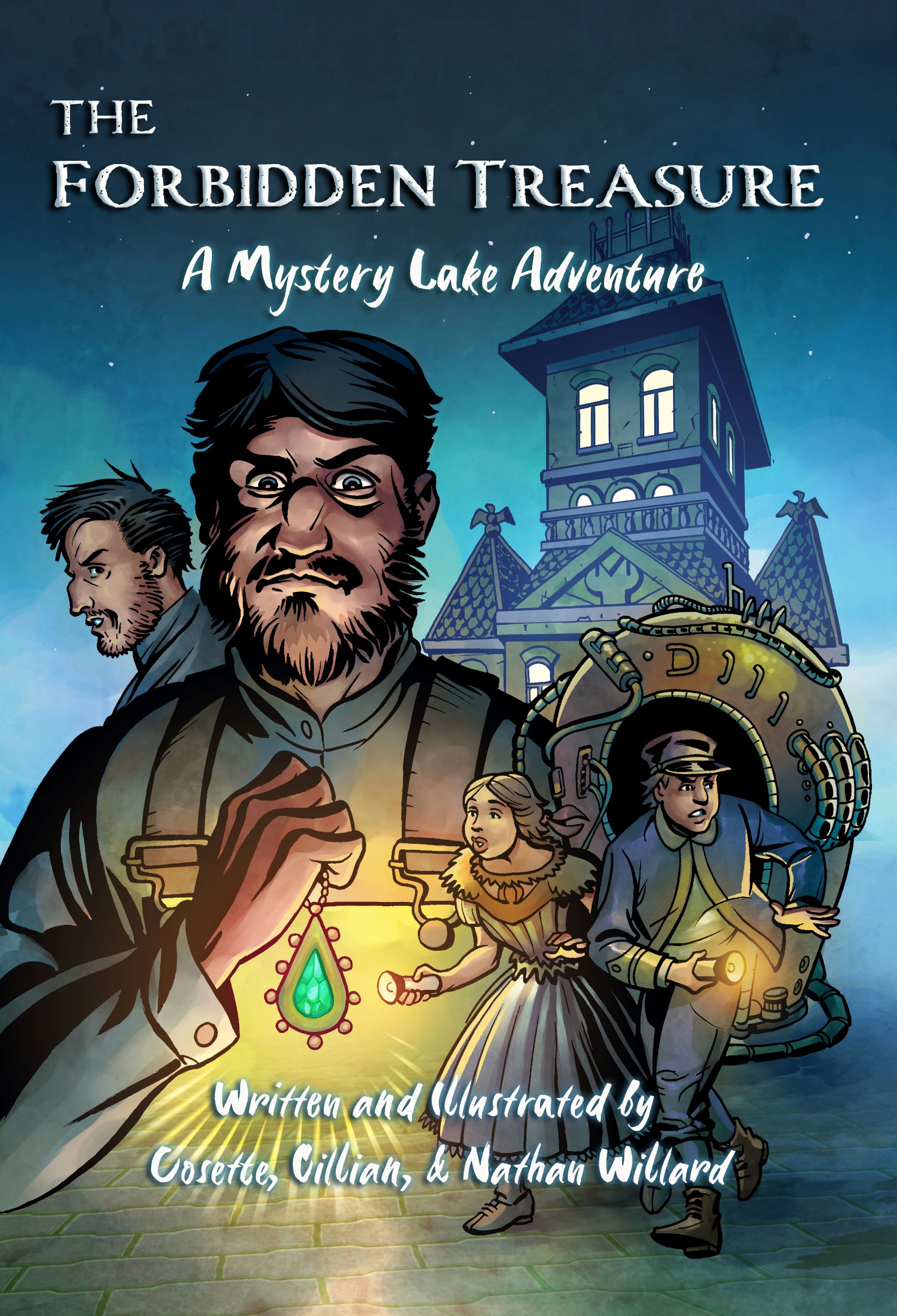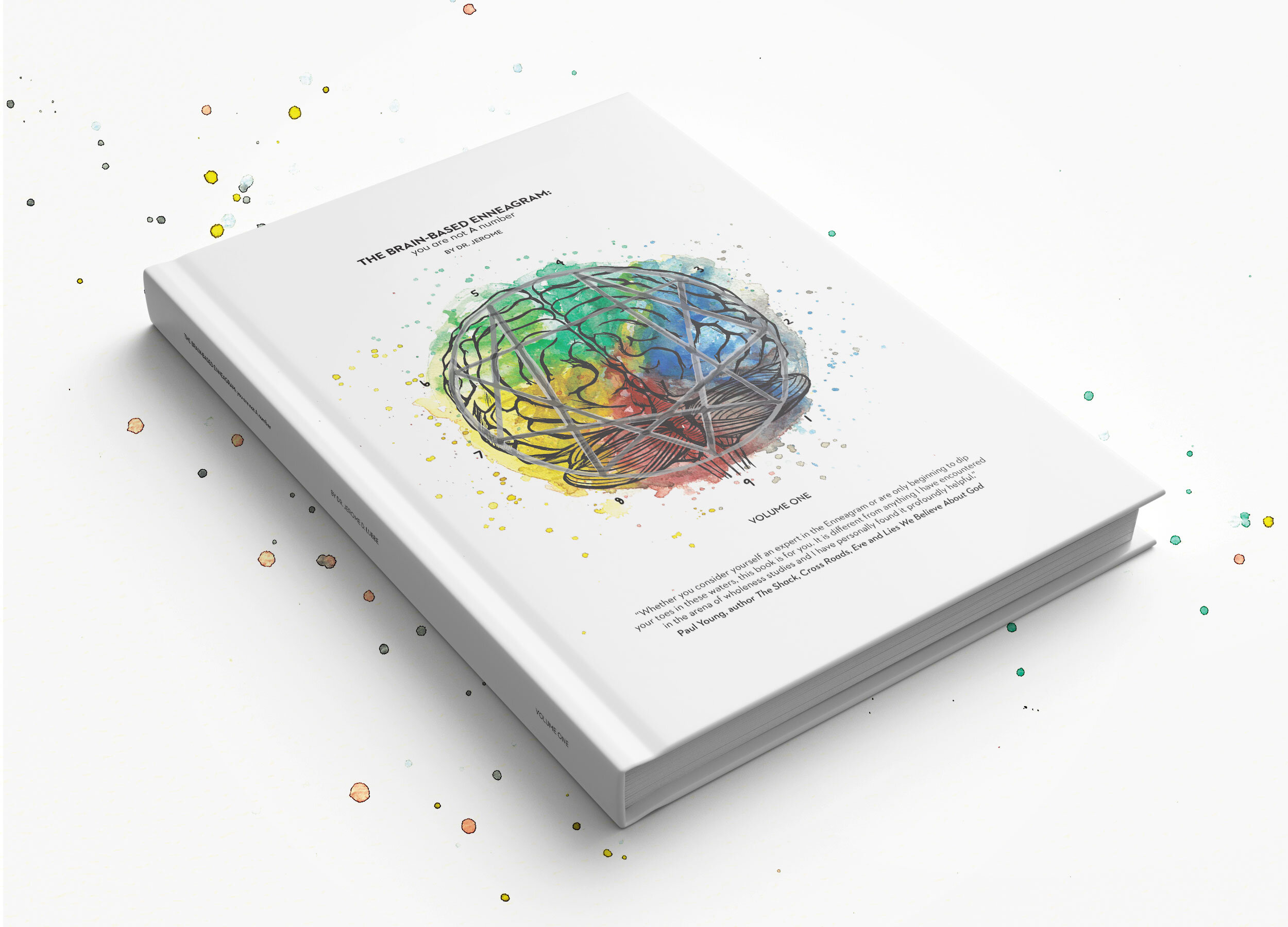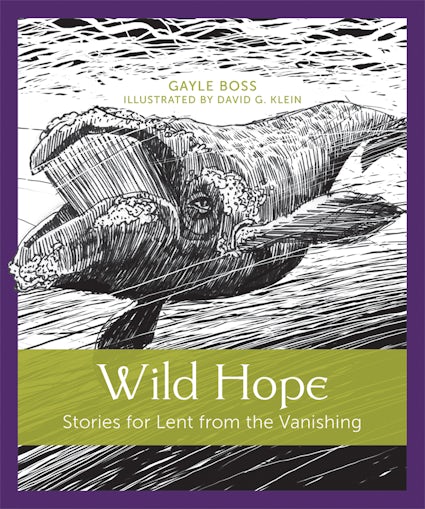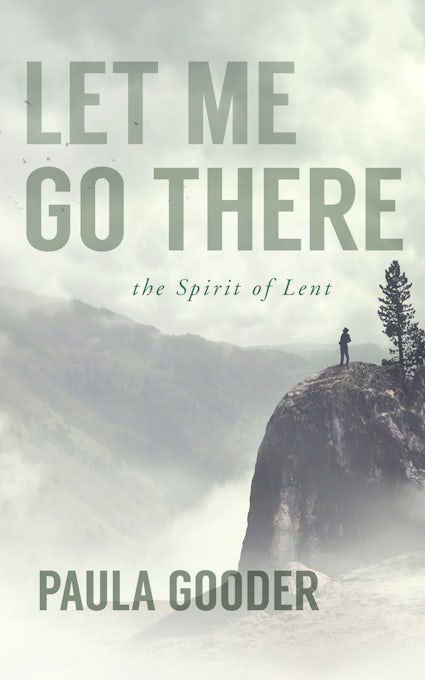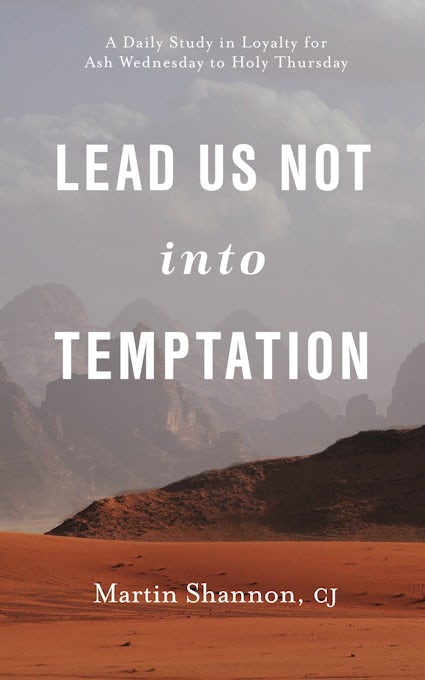Darkness is not an actual thing. We can define it as ‘the absence of light,’ meaning we understand darkness primarily by what it is not, instead of what it is. So, when we talk about long nights and early sunsets, we are naming the ways the light is absent from us, more than we are naming this present darkness.
But though, darkness is a non-thing, it is something we each experience and know. We know it when we see it, or better, we know it when we can’t see at all. We know what it is too be a people who have lost their way. We know how a nation which once boasted about becoming a city on a hill, set up systems which enslaved African Americans, dispossessed native cultures from their land, and forced other people of color into indentured servitude. We know the darkness of a Christian church, which spoke of new life in Christ, while hiding and excusing abusers in our midst. On a more personal level, we know what it means to stumble in the dark, without a clue as to what direction we are heading or how we will get there. We know our own disconnect between enlightened words kindly spoken, and dark deeds and our murky, wayward thoughts.
And here we are in Advent, once again, remembering when Light came into the world and we watch, and wait, and hope for the Light of Christ to break into our darkness once again:
The people who walk in darkness
Isaiah 9:2
Will see a great light;
Those who live in a dark land,
The light will shine on them.
In him was life, and the life was the light of all people. The light shines in the darkness, and the darkness did not overcome it.
John 1:4-5
Do we believe that Christ can be light in our darkness? Right now? Today? Too often we treat Christianity or spirituality as a means of coping with the darkness we find ourselves in. We treat Jesus as “this little light of mine,” as just a night light, so that when we wake in the night, we are not too afraid to go back to sleep.
Jesus is the Light that came into the world. The light of all people. He did not come and is not coming to be your little night light. He is coming to banish the darkness. When a light shines in the darkness, the darkness doesn’t overcome it, because it cannot. When light enters the dark, it is dark no more.
Jesus has come and is coming and with him, we can see our way through from darkness onto light. The systems of oppression, the deeds done in darkness, and the hidden sins of smooth-talking abusers, and charismatic charlatans are exposed for what we are. We can see clearly and live into new ways of being.
The Advent light that we watch and wait for, is not a way of coping with dark—a dim-watt bulb for the dim-witted. It the bright morning Son which illuminates a new way of being in the world and allows us to see new possibilities. A light in the darkness is the first step toward the social revolution of the Kingdom of God.

Come Lord Jesus and light our way to a better way and a better world.

